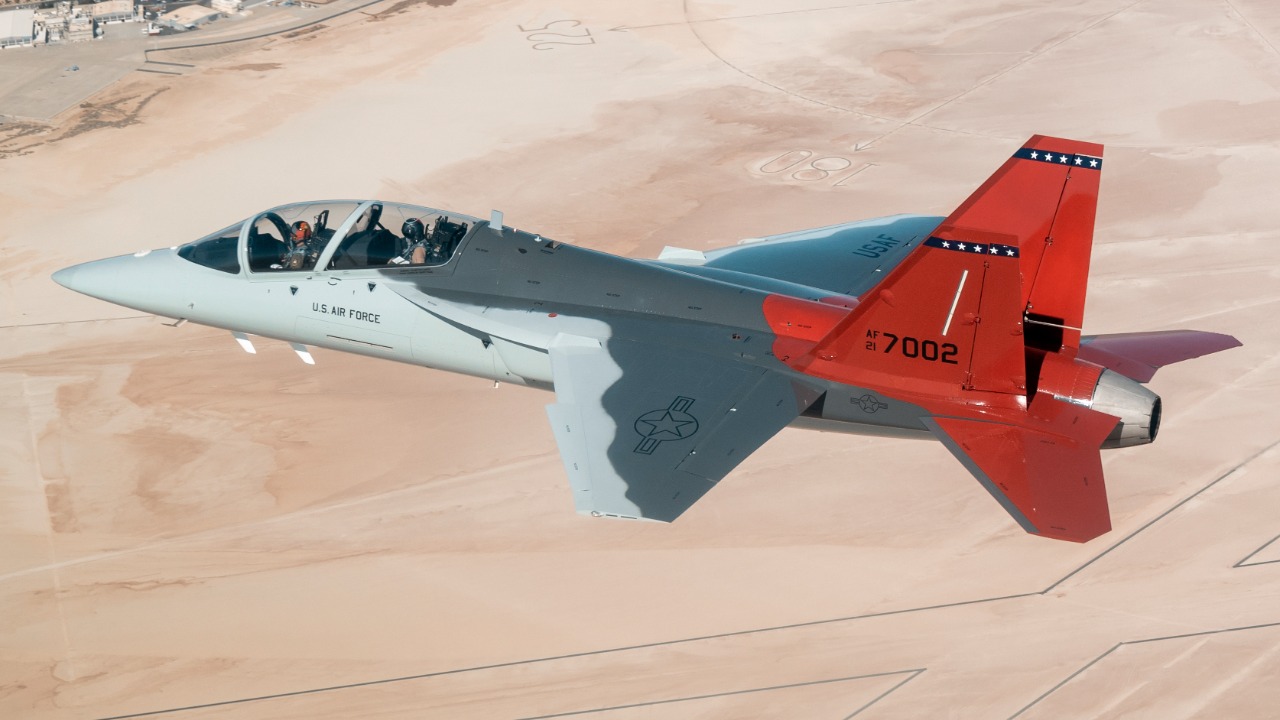
The U.S. Air Force has been making significant strides in advanced aviation capabilities, with a full-scale prototype of its future fighter jet built and flown in September 2020. Fast forward to March 21, 2025, and Boeing has won the bid to construct the Air Force’s next-generation fighter. This transition marks the end of the traditional fighter jet era and the beginning of a new phase in aerial warfare, with the Air Force preparing for the integration of advanced trainers like the T-7 to enhance pilot readiness.
The Shift Away from Traditional Fighter Jets
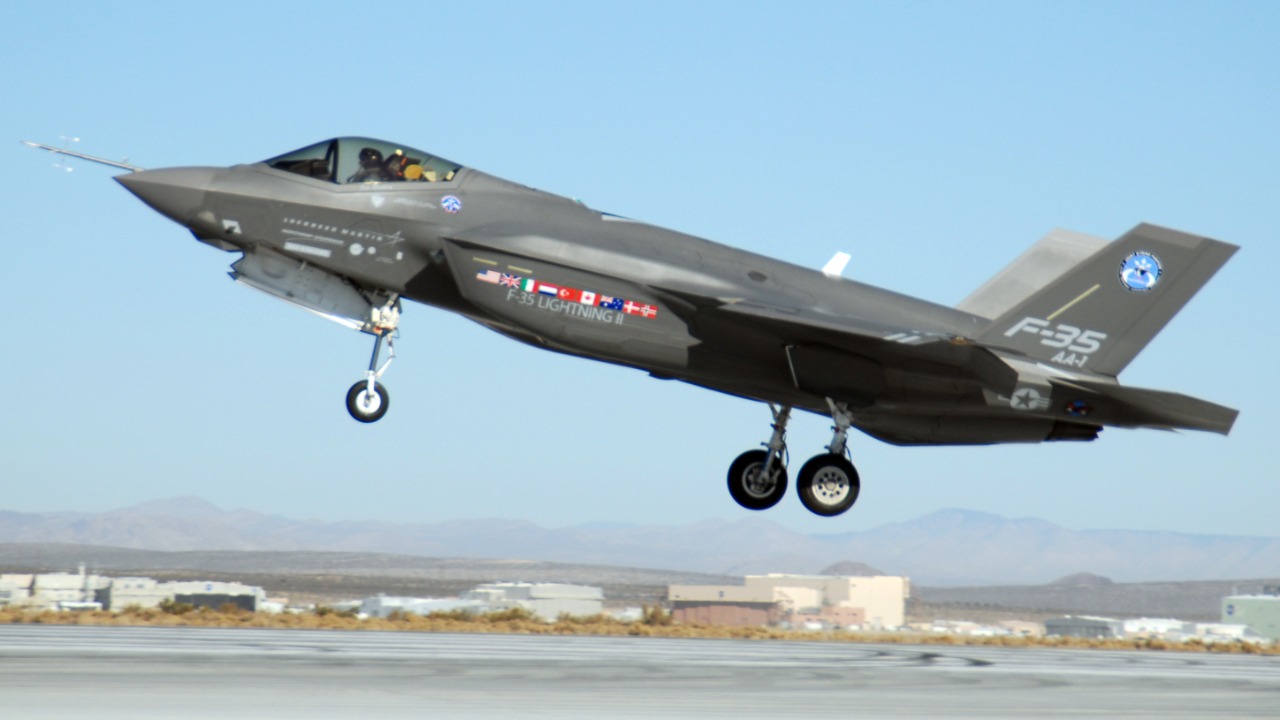
Strategic analyses of evolving air combat needs have led to a shift away from traditional fighter jets. The Air Force is now focusing on integrated systems over standalone manned fighters, as the conventional fighter jet era has passed (Air and Space Forces). This change in strategy has resulted in doctrinal changes within the Air Force, emphasizing collaborative combat aircraft and reducing reliance on fifth-generation fighters like the F-35.
These changes have significant implications for pilot training programs. Advanced trainers are now playing a crucial role in adapting to drone-swarm and AI-assisted operations. The Air Force is preparing its pilots for a new era of aerial warfare, where integrated systems and advanced technology take precedence over traditional fighter jets (Air and Space Forces).
Early Prototyping Efforts in Next-Generation Aviation
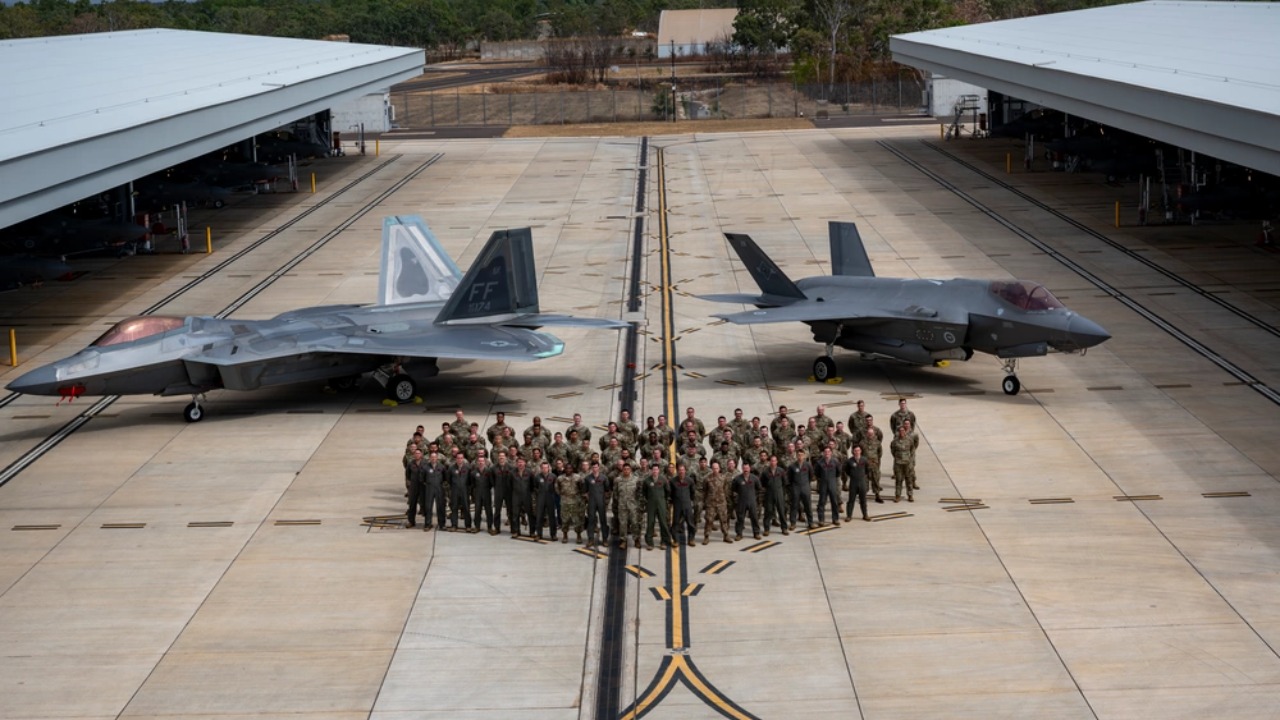
In September 2020, the U.S. Air Force constructed and flew a mysterious full-scale prototype of its future fighter jet. This was part of a rapid experimentation initiative aimed at accelerating the development of next-generation aviation capabilities (Defense News). The prototype incorporated design features such as stealth integration and digital engineering approaches, which have helped to speed up development timelines.
This early prototype flight has informed subsequent Air Force investments in trainer aircraft like the T-7. The aim is to ensure a seamless transition to next-gen cockpits, preparing pilots for the advanced aviation capabilities of the future (Defense News).
Boeing’s Selection for the Next-Generation Fighter
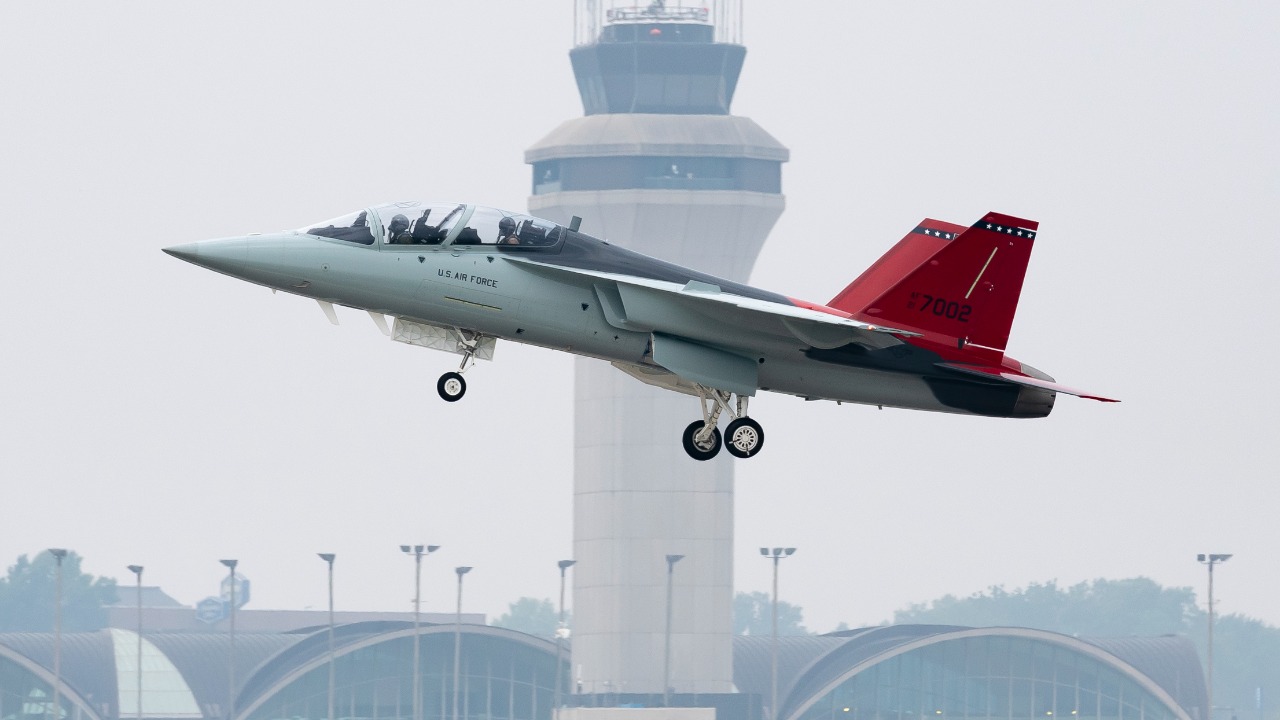
On March 21, 2025, Boeing won the bid to build the Air Force’s next-generation fighter. This marked a significant milestone in the service’s modernization strategy (USNI News). The competitive process leading to Boeing’s contract included evaluations of digital twins and manufacturing innovations, demonstrating the company’s commitment to advanced aviation technology.
Boeing’s expertise from the T-7 trainer program played a crucial role in its selection for the next-gen fighter project. The company’s experience with the T-7 has allowed it to develop shared technologies for pilot training and system interoperability, ensuring a smooth transition to the next generation of fighter aircraft (USNI News).
Integrating Trainers into Future Air Force Readiness
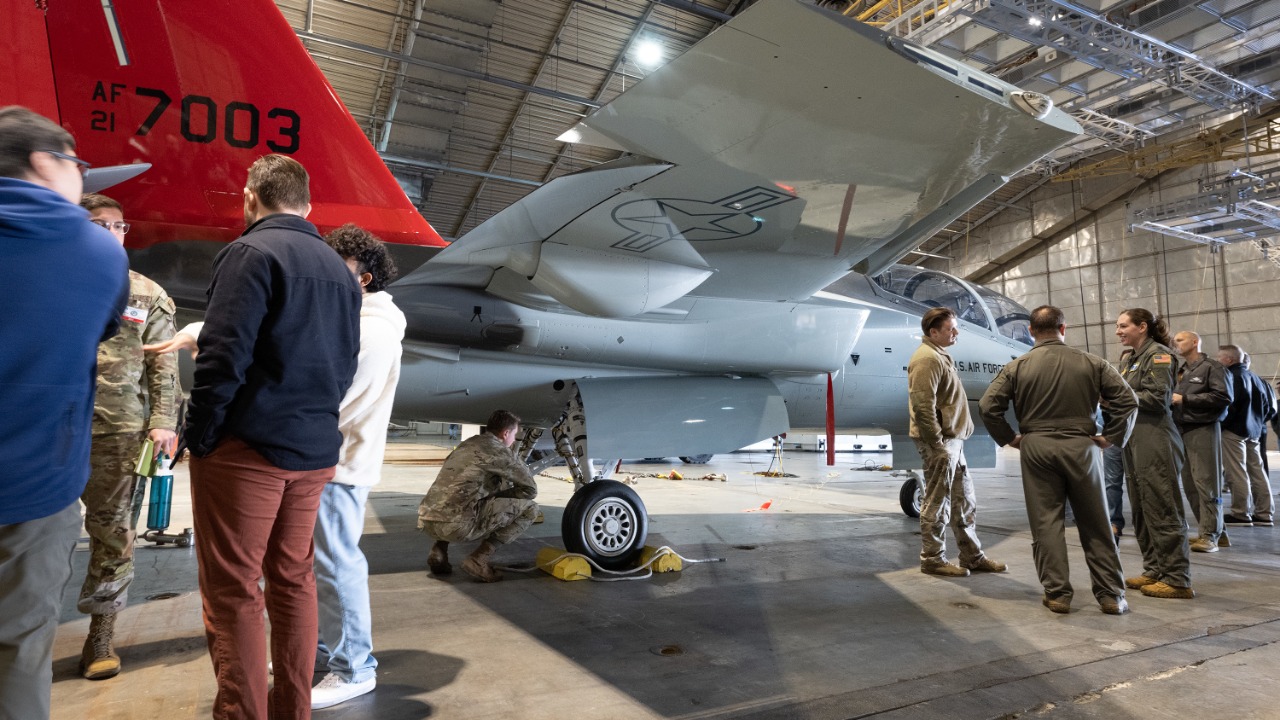
The T-7 advanced trainer is a key component of the Air Force’s preparation for next-gen fighters. It simulates high-threat environments derived from prototype testing, providing pilots with realistic training experiences (Defense News). The Air Force plans to leverage T-7 fleets for pilot pipelines that align with the end of traditional fighter dominance, incorporating unmanned teaming exercises into training programs.
Boeing’s T-7 contributions are integral to the overall preparation for the next-gen fighter era. Following its 2025 win to build the next-gen fighter, the company is ensuring that training platforms evolve in tandem with combat aircraft, preparing pilots for the advanced aviation capabilities of the future (USNI News).